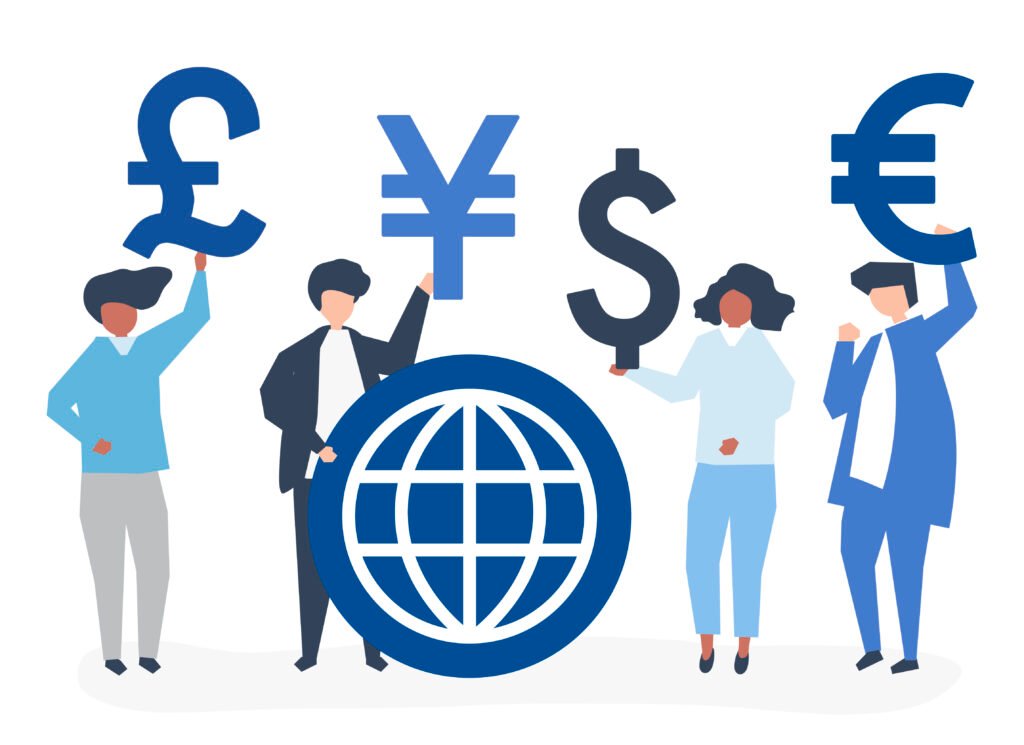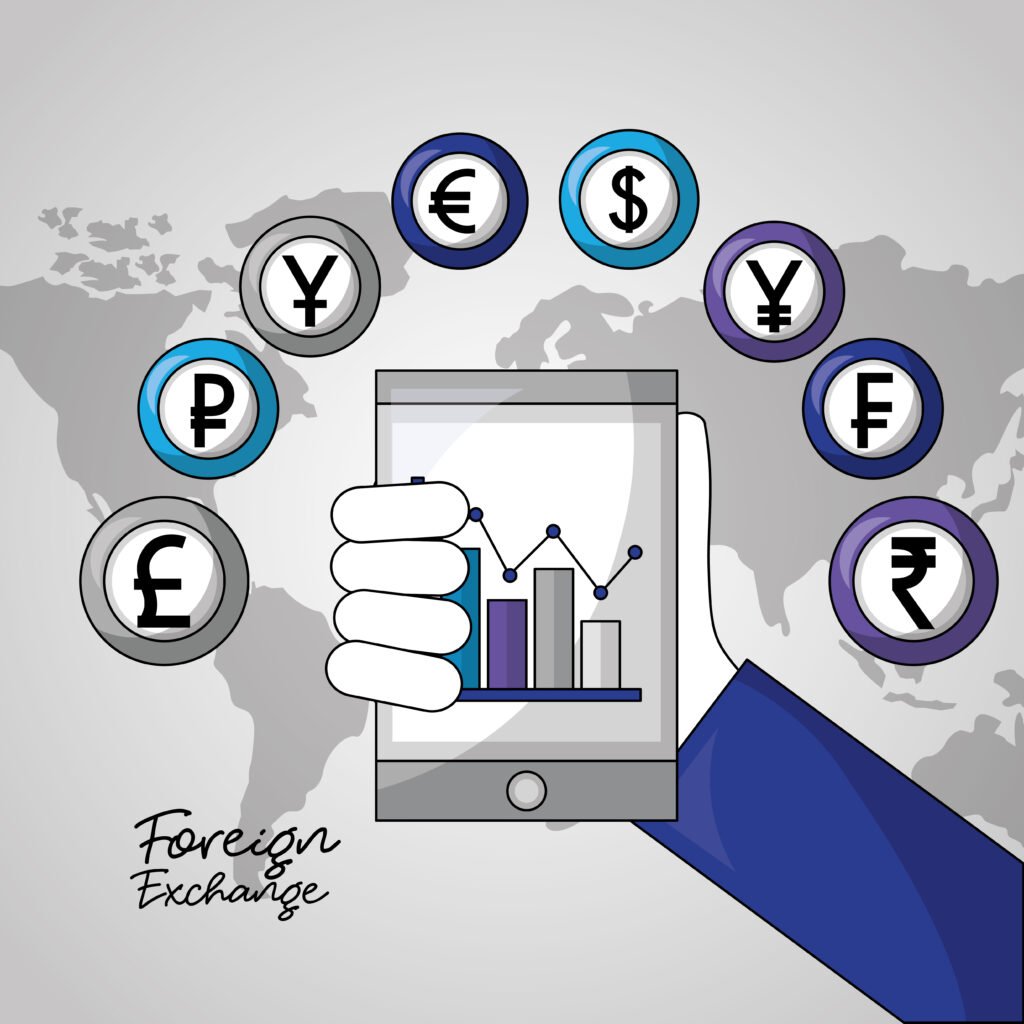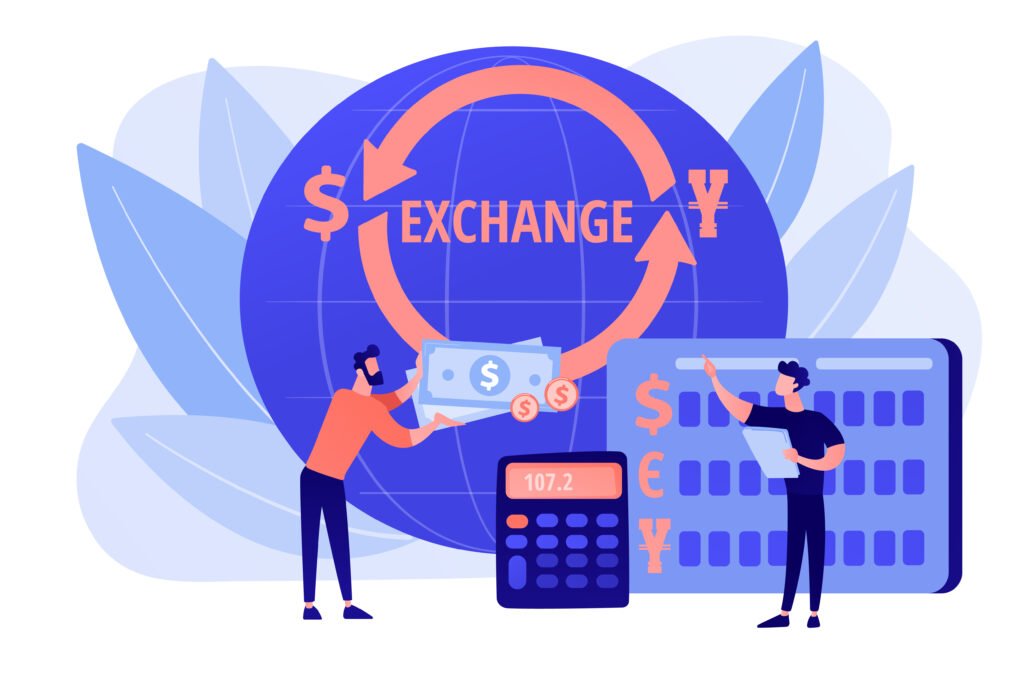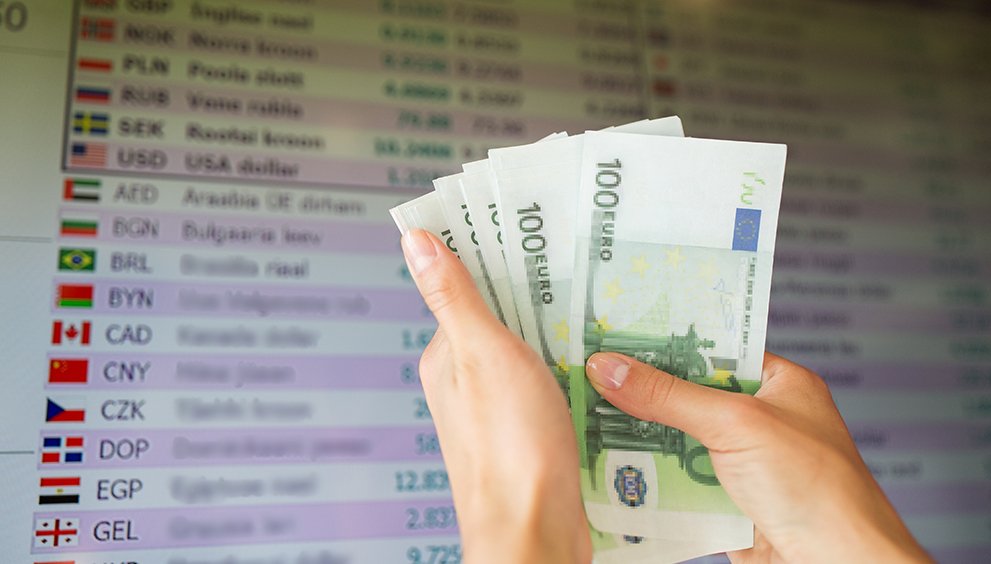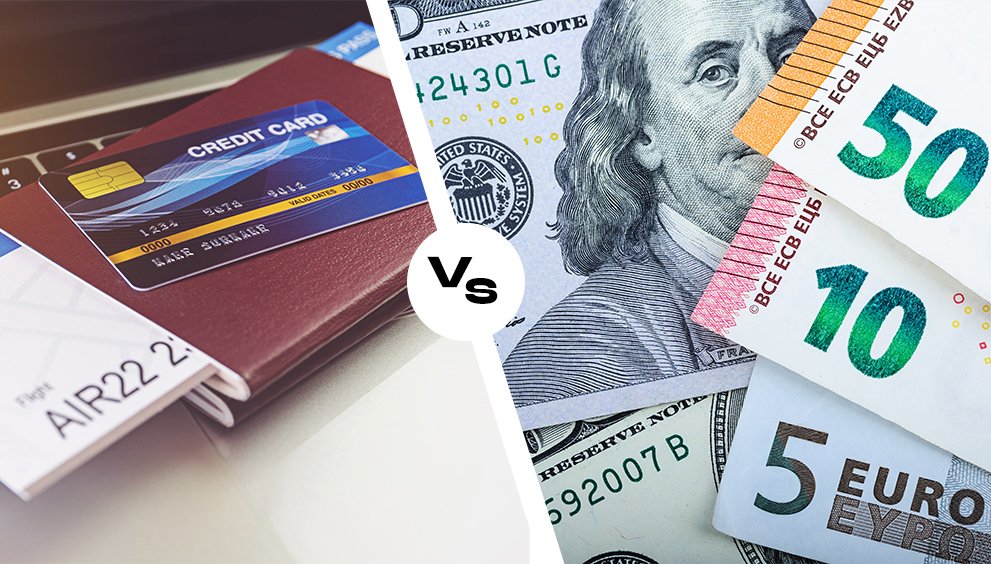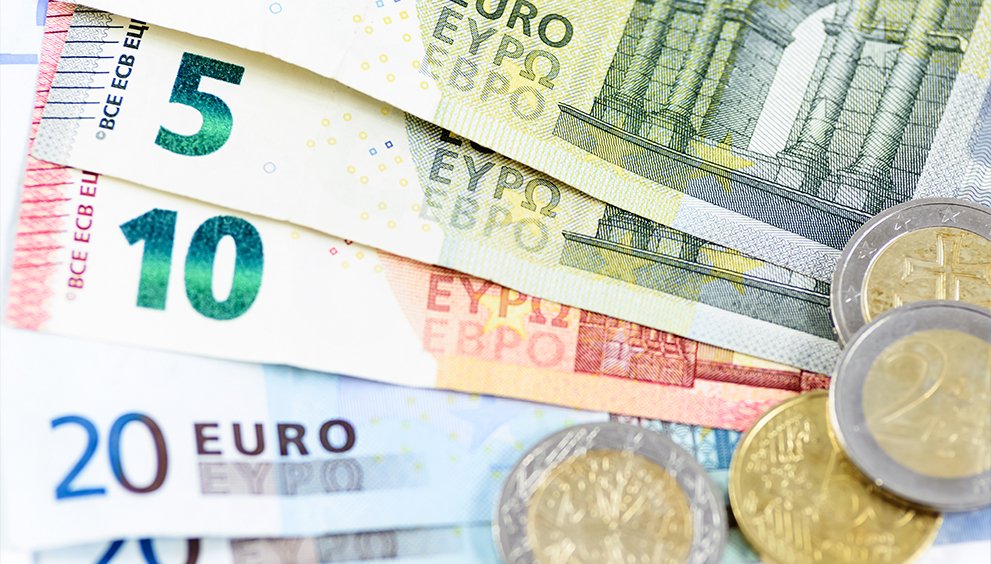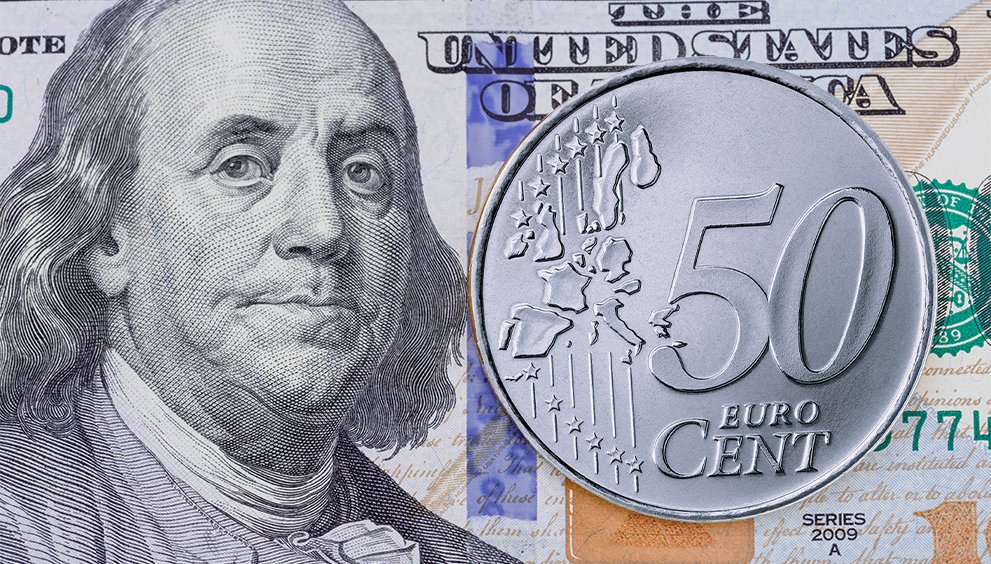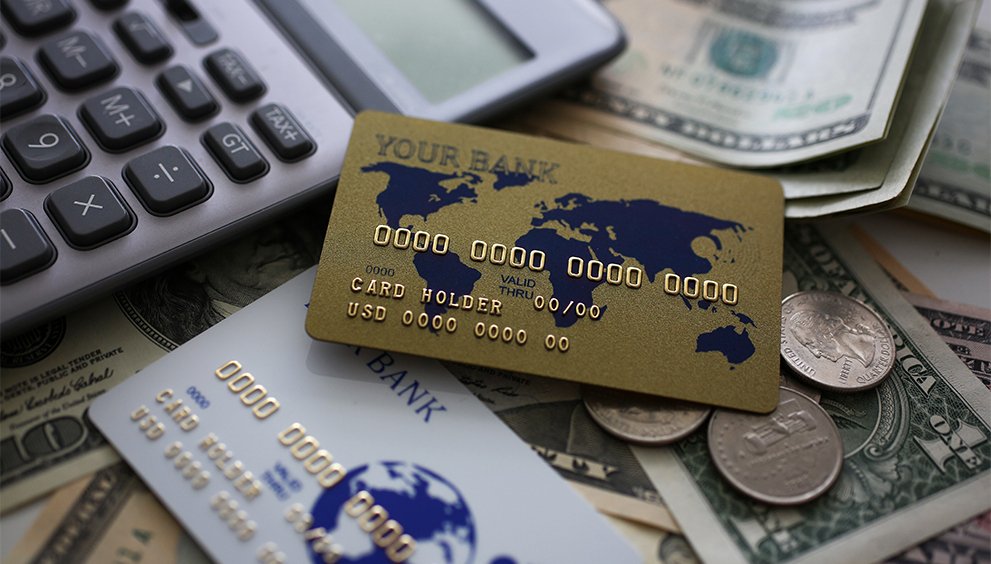How Multinational Corporations Manage Currency Risks

Multinational corporations (MNCs) operate across borders, engaging in trade, investment, and production in multiple countries and currencies. This global reach exposes them to exchange rate fluctuations, eroding profits, inflating costs, and introducing financial uncertainty. For an MNC, a sudden shift in currency values might turn a profitable deal into a loss or make a competitive product too expensive in foreign markets. Effective currency risk management is not just a financial strategy—it’s a cornerstone of survival and success in the global marketplace. It ensures MNCs can safeguard their earnings, maintain competitive pricing, and achieve financial stability despite the unpredictable waves of the foreign exchange (forex) market.
As of March 20, 2025, currency volatility remains a pressing concern. Geopolitical tensions, shifting monetary policies, and emerging technologies like digital currencies continue to reshape the forex landscape. This article dives deep into the types of currency risks MNCs face, illustrates them with real-world examples, and explores the sophisticated hedging strategies these corporations deploy to mitigate exposure. We’ll also examine how currency risk affects competitiveness, spotlight case studies from industry giants, and look ahead to cutting-edge trends that could redefine risk management in future years.
1. Understanding Currency Risks Faced by Multinational Corporations
Currency risk, often called exchange rate risk, arises when the value of one currency shifts relative to another, impacting financial outcomes. This risk is a daily reality for MNCs due to their operations spanning multiple jurisdictions. It’s not just about losing money—it’s about the unpredictability that can disrupt planning, pricing, and investor confidence. Let’s break down the three main types of currency risks MNCs encounter: transaction, translation, and economic.
A. Transaction Risk
Transaction risk hits when an MNC has financial commitments—like receivables or payables—in a foreign currency, and exchange rates shift between the agreement and settlement dates. This short-term risk directly affects cash flow and operating expenses, creating liquidity challenges for companies engaged in cross-border trade. It’s the most immediate and tangible form of currency risk, as it alters the real value of money moving across borders.
How It Works
Imagine a deal is struck today, but payment isn’t due for 60 days. In that window, currencies can fluctuate wildly due to economic data releases, central bank decisions, or market sentiment. The company receives less than expected if the foreign currency weakens against the MNC’s home currency. If it strengthens, costs rise unexpectedly. This volatility can squeeze profit margins or force unplanned cash injections.
Example 1: U.S. Exporter to Germany
A U.S.-based machinery manufacturer exports equipment to Germany, invoicing €1 million. At the time of the deal, €1 equals $1.10, so the company expects $1.1 million. But if the euro drops to $1.05 by payment day, the payout shrinks to $1.05 million—a $50,000 loss purely from currency movement. This isn’t hypothetical; in 2022, the euro hit a 20-year low against the dollar, costing U.S. exporters millions.
Example 2: French Importer from Japan
A French retailer orders raw materials from Japan, agreeing to pay ¥500 million. Initially, ¥1 equals €0.007, making the cost €3.5 million. If the yen strengthens to €0.008 by settlement, the price jumps to €4 million—an extra €500,000. Such shifts aren’t rare; the yen surged in late 2024 after Japan’s central bank hinted at rate hikes, catching importers off guard.
Why It Matters
Transaction risk is a cash flow killer. For MNCs with tight margins—like retailers or manufacturers—unexpected losses can disrupt operations, delay investments, or force price hikes that alienate customers. It’s a short-term hit, but its ripple effects can linger.
B. Translation Risk (Accounting Risk)
Translation risk emerges when MNCs consolidate financial statements from foreign subsidiaries into their home currency. It’s an accounting issue rather than a cash flow problem, but it still packs a punch. A strong home currency can shrink reported profits, while a weak one can inflate them, skewing the financial picture presented to investors and analysts.
How It Works
Subsidiaries operate in local currencies, generating revenues, expenses, assets, and liabilities. When these figures are translated into the parent company’s currency, exchange rate changes can distort the numbers. This doesn’t affect cash in hand but alters balance sheets and income statements, influencing stock prices and investor perceptions.
Example: Toyota’s U.S. Operations
Toyota, based in Japan, reports in yen (¥). Its U.S. subsidiary earns $1 billion annually. If ¥1 equals $0.009 (¥111/$1), that’s ¥111 billion. But if the dollar weakens to ¥120/$1, the same $1 billion becomes ¥120 billion—fewer yen despite unchanged U.S. performance. In 2023, a weakening dollar cut Toyota’s reported earnings by billions of yen, spooking some investors despite strong sales.
Why It Matters
Translation risk doesn’t drain cash but shapes how MNCs are judged. A sudden drop in reported profits can tank stock prices or raise borrowing costs, even if the underlying business is thriving. This risk is a constant headache for MNCs like Toyota, which has massive overseas operations.
C. Economic Risk (Long-Term Risk)
Economic risk is the big-picture threat—how currency fluctuations affect an MNC’s long-term competitiveness, market value, and strategic goals. Unlike transaction risk’s short-term sting or translation risk’s accounting quirks, economic risk plays out over the years, reshaping cash flows, investment viability, and market positioning.
How It Works
A stronger home currency makes exports pricier abroad, potentially losing market share. A weaker one can boost competitiveness but inflate import costs. These shifts influence pricing power, production decisions, and even where MNCs choose to invest or expand.
Example: UK Pharma in the U.S.
A UK pharmaceutical firm exports drugs to the U.S., pricing them in dollars. If the pound strengthens from $1.30 to $1.50, a $100 drug jumps from £76.92 to £66.67 in cost terms—but U.S. buyers still pay $100. The firm might need to cut prices and slash margins to stay competitive. Post-Brexit pound volatility in 2016–2020 hit UK exporters hard, forcing many to rethink strategies.
Why It Matters
Economic risk is a slow burn that can redefine an MNC’s future. A sustained currency shift might push a company out of a market or make a planned factory unprofitable. It’s less about immediate losses and more about staying viable in a global economy.
2. Currency Hedging Strategies Used by MNCs
MNCs don’t just sit back and take currency hits—they fight back with a mix of financial tools, operational tactics, and treasury management. These strategies aim to stabilise cash flows, protect profits, and reduce uncertainty. Here’s a deep dive into how they do it.
A. Financial Hedging Strategies
Financial hedging uses contracts and instruments traded in forex markets to lock in rates or limit losses. It’s precise, often complex, and tailored to specific risks.
1. Forward Contracts
A forward contract fixes an exchange rate for a future transaction, shielding MNCs from adverse shifts. It’s a binding agreement with a bank or broker, typically lasting 30 days to a year.
How It Works: An MNC agrees today to buy or sell a currency at a set rate on a specific date. If rates move unfavourably, the contract ensures the original value holds. If they move favourably, the MNC misses out—but certainty trumps speculation.
Example: German Electronics Firm
A German company expects $10 million from a U.S. client in 90 days. Today, €1 = $1.10, so $10 million equals €9.09 million. Fearing a dollar drop, it locks in this rate with a forward contract. If the rate falls to $1.05 (€9.52 million), the contract pays out €9.09 million—a €430,000 savings.
Pros and Cons
Pros: Predictability for budgeting and pricing.
Cons: No upside if rates improve, plus potential fees. In 2024, forward contracts spiked in use as U.S. rate hikes roiled markets.
2. Currency Options
Options give MNCs the right—but not the obligation—to exchange currency at a set rate. They’re pricier than forwards due to premiums but offer flexibility.
How It Works: An MNC buys an option to hedge a risk. If the currency moves against it, the option kicks in. If it moves favourably, the MNC lets it expire and cash in on the market rate.
Example: Airbus’s Dollar Hedge
Airbus, a European aerospace giant, sells planes in dollars but pays costs in euros. It buys an option to convert $100 million at €1 = $1.10. If the dollar weakens to $1.05, it exercises the option, securing €90.91 million instead of €95.24 million. If the dollar strengthens, it skips the option and converts at a better rate.
Pros and Cons
Pros: Flexibility to capture gains.
Cons: Upfront costs can sting. Airbus has leaned on options since the euro’s 2022 volatility.
3. Currency Swaps
Swaps involve two parties exchanging cash flows in different currencies over time, often to secure better loan rates or hedge long-term exposure.
How It Works: An MNC swaps principal and interest payments with another firm, locking in rates and aligning currency flows. At the end, they swap back.
Example: U.S.-UK Swap
A U.S. firm with a $10 million loan at 5% swaps with a UK firm’s £7 million loan at 4%. Each pays the other’s interest in their home currency, dodging rate swings. In 2023, swaps surged as firms refinanced amid rising rates.
Pros and Cons
Pros: Long-term stability and cost savings.
Cons: Complexity and counterparty risk.
4. Natural Hedging
Natural hedging matches revenues and expenses in the same currency, reducing the need to convert funds.
How It Works: By aligning income and costs geographically, MNCs minimise forex exposure without financial instruments.
Example: Apple in China
Apple earns billions in yuan from iPhone sales in China and spends heavily there on manufacturing. This balance cuts conversion needs, shielding it from yuan-dollar swings.
Pros and Cons
Pros: Cost-free and operationally sound.
Cons: Limited to firms with global footprints.
5. Multi-Currency Bank Accounts
These accounts let MNCs hold funds in various currencies, converting only when rates favour them.
How It Works: Instead of converting cash immediately, an MNC parks it in a foreign currency account, waiting for optimal rates.
Example: Singaporean Firm in Europe
A Singaporean tech company holds euros from EU sales in a multi-currency account. When the euro rises from SGD 1.40 to SGD 1.50, it converts, boosting its SGD value.
Pros and Cons
Pros: Flexibility and potential gains.
Cons: Exposure if rates tank.
B. Operational Strategies
Beyond financial tools, MNCs tweak operations to dodge currency bullets.
1. Supply Chain Diversification
Spreading production and sourcing across countries reduces reliance on any single currency.
How It Works: If one currency falters, gains in others offset losses, stabilising costs.
Example: Nike’s Global Reach
Nike makes shoes in Vietnam, Indonesia, and China. A dong depreciation in 2024 lowered Vietnam costs, balanced by stable yuan and rupiah spending.
Pros and Cons
Pros: Risk spread and cost advantages.
Cons: Logistical complexity.
2. Pricing Adjustments
MNCs tweak prices to reflect currency shifts, preserving margins.
How It Works: If a home currency strengthens, foreign prices rise; if it weakens, they drop.
Example: Coca-Cola’s Flexibility
In Brazil, a weakening real in 2023 prompted Coca-Cola to hike prices, offsetting dollar losses.
Pros and Cons
Pros: Quick profit protection.
Cons: Risk of customer pushback.
3. Borrowing in Local Currencies
Loans in the revenue currency avoid conversion risks.
How It Works: Debt matches income, so repayments aren’t hit by rate swings.
Example: McDonald’s India
McDonald’s borrows in rupees for its Indian outlets, sidestepping dollar-rupee volatility.
Pros and Cons
Pros: Cash flow alignment.
Cons: Local rates may be higher.
3. Real-world examples of Currency Risk Management
Let’s see these strategies in action with industry leaders.
A. Toyota’s Hedging Approach
Toyota, a Japanese auto-titan, faces currency risks from exporting to over 170 countries. It uses forward contracts to lock in dollar and euro receivables rates, ensuring stable yen inflows. Currency swaps help manage long-term exposures, like U.S. factory financing. Toyota also practices natural hedging by producing 70% of its U.S.-sold vehicles locally, matching dollar costs and revenues. In 2023, this mix cushioned a 10% yen drop, keeping profits steady.
B. Coca-Cola’s Pricing Strategy
Coca-Cola operates in 200+ countries, earning billions in local currencies. When the Brazilian real fell 15% against the dollar in 2024, it raised local prices by 10%, offsetting losses. Forward contracts hedge short-term dollar inflows, while multi-currency accounts hold funds in volatile markets like Argentina until rates stabilise. This agility kept Coke’s 2024 global margins intact.
C. Airbus and Boeing: Currency Swaps and Pricing Adjustments
Based in Europe, Airbus prices planes in dollars but pays in euros. It uses currency swaps to align dollar revenues with euro costs and options to hedge against dollar dips. In 2022, euro volatility forced Airbus to lean harder on these tools, saving €2 billion. Boeing, a U.S. firm, faces reverse risks—non-dollar markets like Europe. It adjusts prices and uses forwards, weathering a strong dollar in 2024 that hit export competitiveness.
4. The Impact of Currency Risk on MNCs’ Global Competitiveness
Currency risk isn’t just a financial headache—it’s a competitive game-changer. A strong home currency can price an MNC out of foreign markets; a weak one can erode import-driven profits. In volatile regions—like emerging markets with 20%+ currency swings in 2024—long-term planning becomes a guessing game. Effective hedging stabilises costs and prices, letting MNCs focus on innovation and expansion rather than forex firefighting. Without it, a firm like Airbus might lose contracts to Boeing, or Toyota might cede shares to Hyundai.
5. Future Trends in Currency Risk Management
The Forex world is evolving, and MNCs are adapting.
AI and Big Data in Forex Trading
AI models now predict currency moves using vast datasets—economic indicators, social media sentiment, and even weather patterns. MNCs like Unilever use AI to automate hedging, executing forwards when risks spike. In 2025, AI shaved 5% off forex losses for early adopters, per industry reports.
Blockchain and Digital Currencies
Blockchain cuts transaction costs and speeds cross-border payments. Cryptocurrencies like Bitcoin, with fixed supplies, tempt MNCs as hedges, though volatility limits adoption. Central bank digital currencies (CBDCs), like China’s digital yuan, could standardise forex by 2030, reducing risk for MNCs in pilot markets.
Regulatory Changes
Stricter forex rules—like the EU’s 2024 transparency mandates—force MNCs to disclose hedging impacts, raising compliance costs but boosting trust. Emerging markets’ capital controls, tightened in 2025 amid debt crises, complicate cash repatriation, pushing firms toward local financing.
Conclusion
Currency risk is an inescapable reality for MNCs, threatening profits, stability, and competitiveness. Yet, these firms turn risk into opportunity through financial tools like forwards, swaps, options, operational moves like pricing tweaks, supply chain diversification, and robust treasury management. Giants like Toyota, Coca-Cola, and Airbus show how they blend strategy with adaptability. As AI, blockchain, and digital currencies reshape forex by March 20, 2025, MNCs that embrace these trends will stay ahead, navigating global markets with confidence and precision.
Stay more update here


 English
English 








































